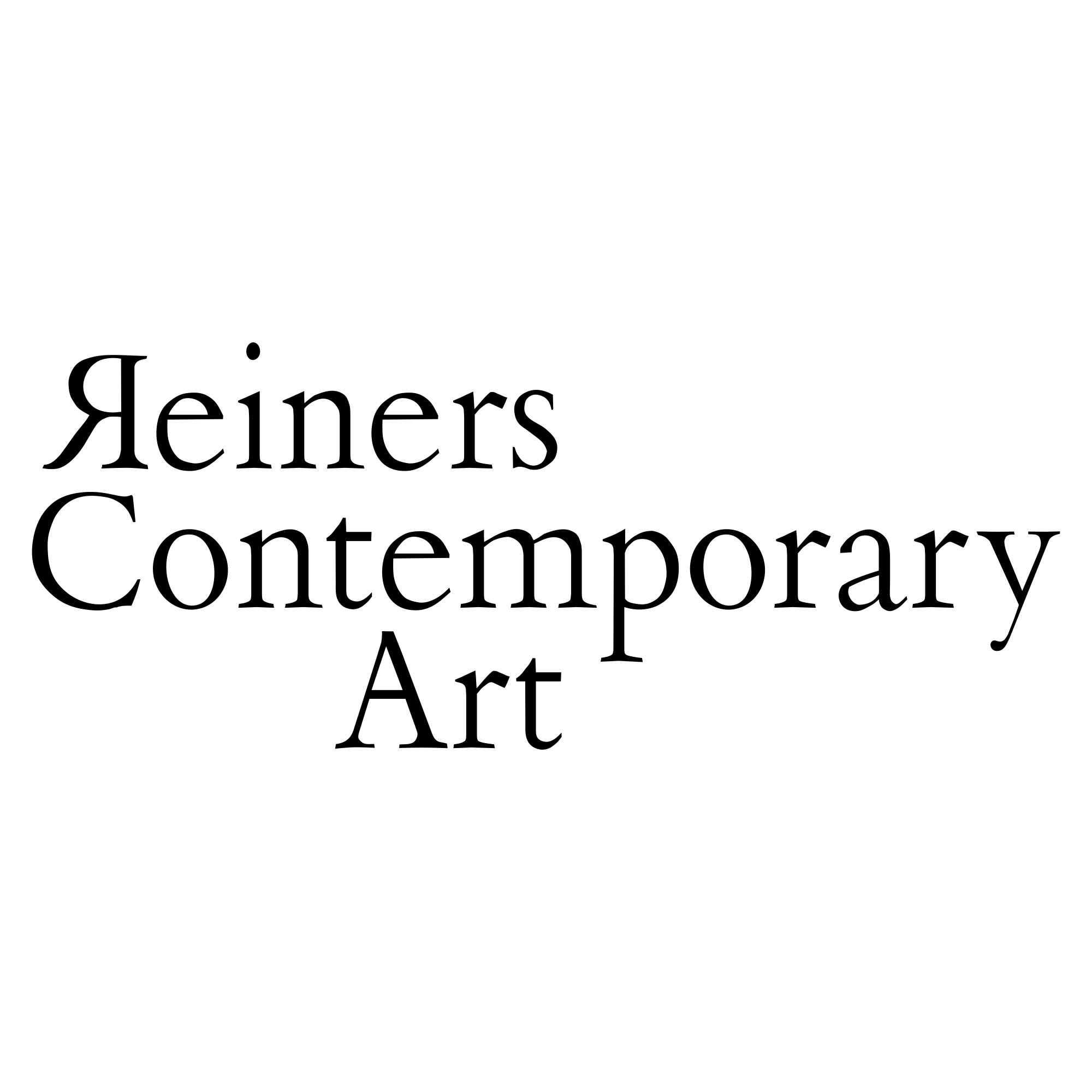In Kaluza's painting pursue the conceptual questioning of the idyll in a historical and contemporary context.
Born in Bad Iburg, 1964.
Stephan Kaluza studied art history at the Düsseldorf Art Academy and philosophy at the Heinrich Heine University in Düsseldorf.
His oil paintings often disappear behind thick plexiglass panes. They seem distant, inaccessible, remote, poetic. His photographic works are narrative sequences of images put together like elongated panoramas.
In the pictorial work of Stephan Kaluza, it generally revolves around representations of nature, hyperrealistic depictions (oil on canvas), or nearly abstract portrayals of forests and water surfaces. An apparent idyll is painted, for not everything in these images is pure nature: disturbances creep in, and often appearances deceive, especially when idyllic landscapes conceal former battlefields or other places of human abysses. Thus, these images acquire a second level: the ostentatious beauty of nature in the Nunc Stans, in the timeless present, becomes questionable. Therefore, the underlying second level of these images is actually the first; it is less about copying the visible than exploring what lies hidden behind the force of nature and, thus, it particularly concerns the central question: What is creation?
His works can be found in numerous museums and collections, such as the Arp Museum in Remagen, the Teutloff Collection in Bielefeld, the Artemis François Pinault Group in Paris, the Muñoz Collection in Madrid, the Gwangju Museum of Art (South Korea), the Portland Museum of Contemporary Art (Oregon, USA) and the Ludwig Museum in Koblenz.

